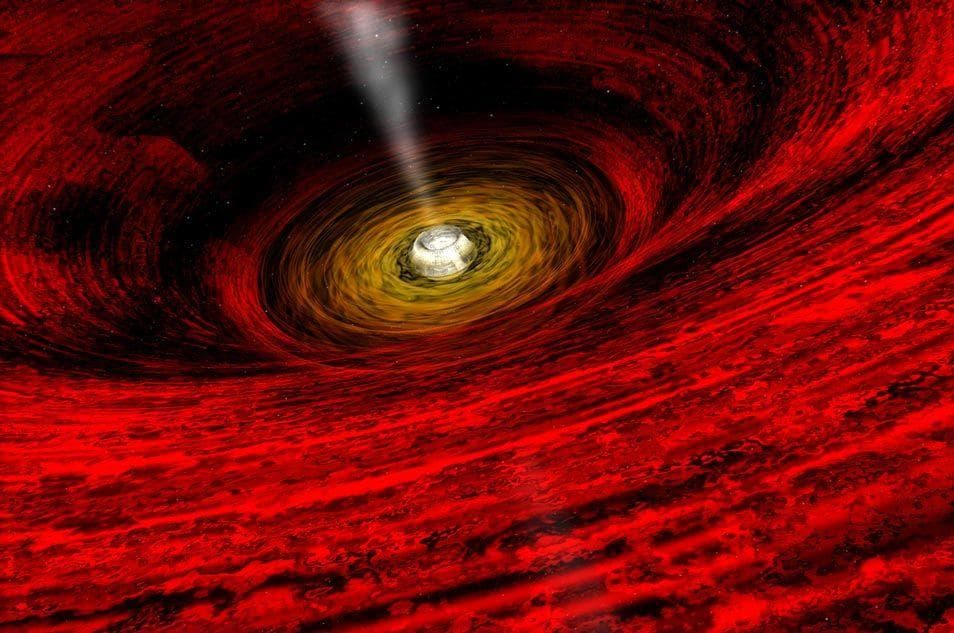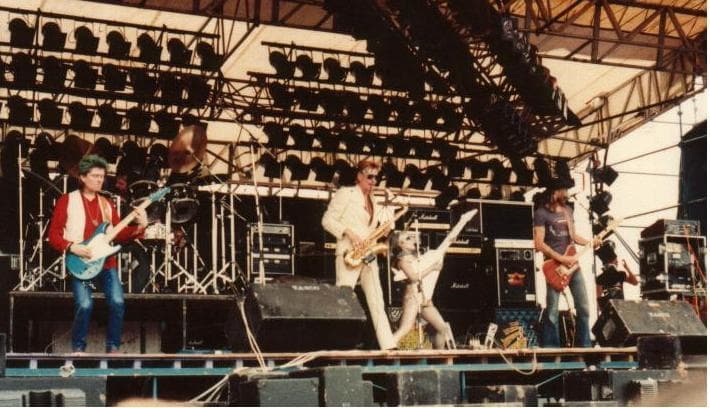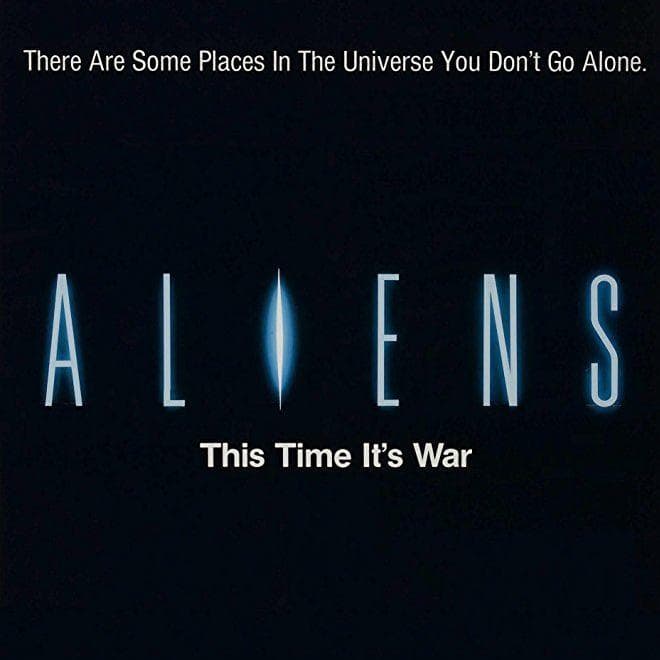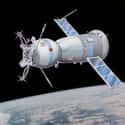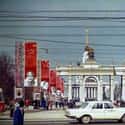-
(#10) The Soviets Lost Footing In The Space Race When The US Puts The First Man On The Moon In 1969
The Soviets continued to send men into space, as did the US via the Apollo program, but in 1969, the US was the first country to place a man on the moon. Afterward, the two superpowers softened their stance toward one another regarding space and started to work together. The Apollo-Soyuz mission specifically was a joint international mission, and when the two parties successfully docked together in 1975, thus ended the jingoistic scramble for achievements in space.
-
(#2) The Soyuz 1 Wasn't Ready To Fly
The Soyuz 1 was reported to have more than 200 flaws in its mechanics, verified by engineers and the backup cosmonaut Gagarin himself. Gagarin had allegedly passed a 10-page report to the KGB outlining these flaws and requesting cancellation of the mission. Allegedly it was covered up, and the mission went on as scheduled.
Not everyone, however, is so sure that this coverup was indeed the case with Soyuz 1. The story of cosmonaut Yuri Gagarin, captured in the controversial 2011 book Starman: The Truth Behind the Legend of Yuri Gagarin by Piers Bizony and Jamie Doran, was found to have inconsistencies and inaccuracies which has since cast shadows on the actual truth of what was known about the readiness of Soyuz 1 and what may have actually been actively covered up. Ultimately, however, multiple mechanical failures did cause the Soyuz 1 problems once it reached space.
Yet another problem was that the logistics of docking Soyuz 1 onto Soyuz 2 once they were in space were very difficult.
"The hatch in the spacecraft’s spherical ‘orbital module’, for example, was much too small – just 66 cm in diameter – for a fully-suited cosmonaut to easily pass through... Redesigning the Soyuz hatch would take months, so it was decided to transfer the cosmonauts’ oxygen supplies from a backpack to a ‘waist pack.' Komarov’s main duty would be to dock his craft with Soyuz 2 and much debate raged in the days before launch over whether this should be automatic or under manual control. Komarov was adamant that he could guide Soyuz 1 to docking, by hand, from a distance of 200 m."
-
(#5) Soyuz 1 Re-Entered Earth's Atmosphere And The Mishaps Escalated
Soyuz 1's problems didn't end in orbit. It was imperative that the rocket re-enter the Earth's atmosphere at the proper angle — a little too high and it would skim the atmosphere; a little too low and it would burn up as it entered. Komarov positioned Soyuz 1 manually to the best of his ability (any automatic systems had been rendered useless by the broken solar panel).
Komarov wasn't able to make his re-entry until his 19th orbit, at which point he successfully re-entered Earth's atmosphere. But his parachute capsule didn't successfully deploy, so the entire ship went plummeting to Earth with Komarov still on board.
-
(#11) The Soyuz Mission Was Meant To Send A Message Of Socialist Success To The World
The plan for the Soyuz mission, although much speculated and not publicly clarified by the Soviet government for much of the time leading up to the launch, was for Soyuz 1 and Soyuz 2 to rendezvous and dock in space, then three of the four other cosmonauts would join Komarov in orbit. Then they would rendezvous and dock again, two cosmonauts would spacewalk back to Soyuz 1 and returned to Earth with Komarov. One cosmonaut would fly return alone in Soyuz 2 solo back to Earth.
Reports in the US were varied and conflicting, which heightened the tension of the space race because the Soviets were being so cryptic about their mission. The USSR's intention, though, was to send a message of socialist success to the rest of the world, winning points in an otherwise hard-to-tally Cold War.
-

(#3) There Was Drama On Launch Day
According to the Starman: The Truth Behind the Legend of Yuri Gagarin, before even leaving Earth, the launch of Soyuz 1 was beset by drama. Journalist Yaroslav Golovanov reported that cosmonaut Yuri Gagarin showed up at mission control on launch day and demanded to be suited up for launch. Some believe he showed up that day to save his friend. And some dispute this report entirely. Nevertheless, Soyuz 1 launched as scheduled, at 3:35 am Moscow time on April 23, 1967.
-

(#1) Cosmonaut Buddies Vladimir Komarov And Yuri Gagarin Were Both Prospects To Lead The Mission
After announcing the Soyuz mission, the Soviet Union named Vladimir Komarov as the man to fly the spacecraft. The cosmonaut was well aware of the dangers the mission presented but found himself between a rock and a hard place as launch approached. If he rejected the honor of manning Soyuz 1, his good buddy and fellow cosmonaut Yuri Gagarin would be the alternative choice. By the time Soyuz mission was announced, Gagarin was already a celebrity in his own right and the face of Soviet success in space. If Komarov turned down the job, he risked alienating his government and would be stripped of his military honors... but then Gagarin would be required to go in his place. The blood of an icon was not something the politburo wanted on its hands, and Komarov did not want to put his friend in danger, so he took the gig, despite knowing he may not return to Earth.
New Random Displays Display All By Ranking
About This Tool
The Space Race is a competition between the United States and the former Soviet Union during the Cold War for the highest position in space power. After the end of World War II, the two countries captured a large number of German rocket technology and personnel, and the nuclear arms race, which was dominated by missiles, kicked off at the beginning.
The orbit of Sputnik 1 in 1957 gave the Soviet Union a victory. In 1961, Yuri Gagarin became the first human member to enter space, enabling the Soviet Union to defeat the United States again. The random tool introduced 11 stories of the USSR was crushing the US in Space Race.
Our data comes from Ranker, If you want to participate in the ranking of items displayed on this page, please click here.

